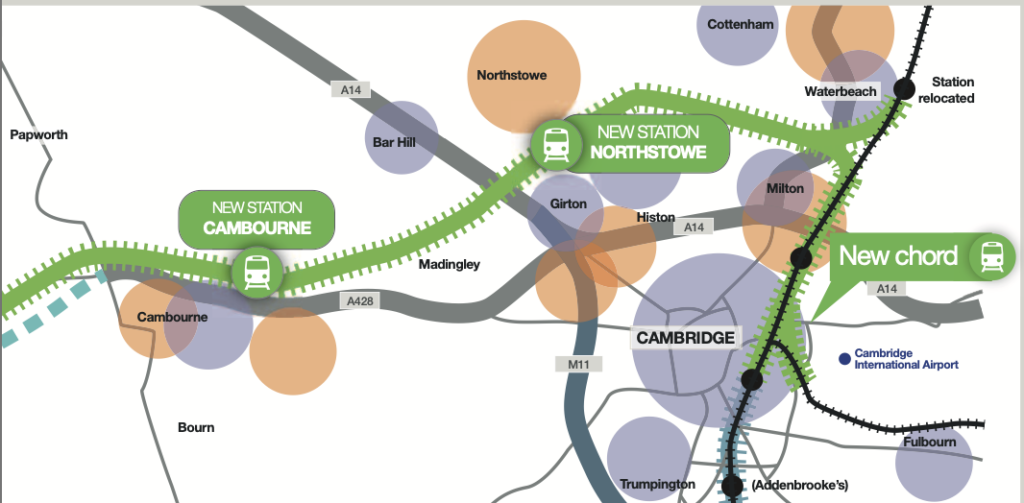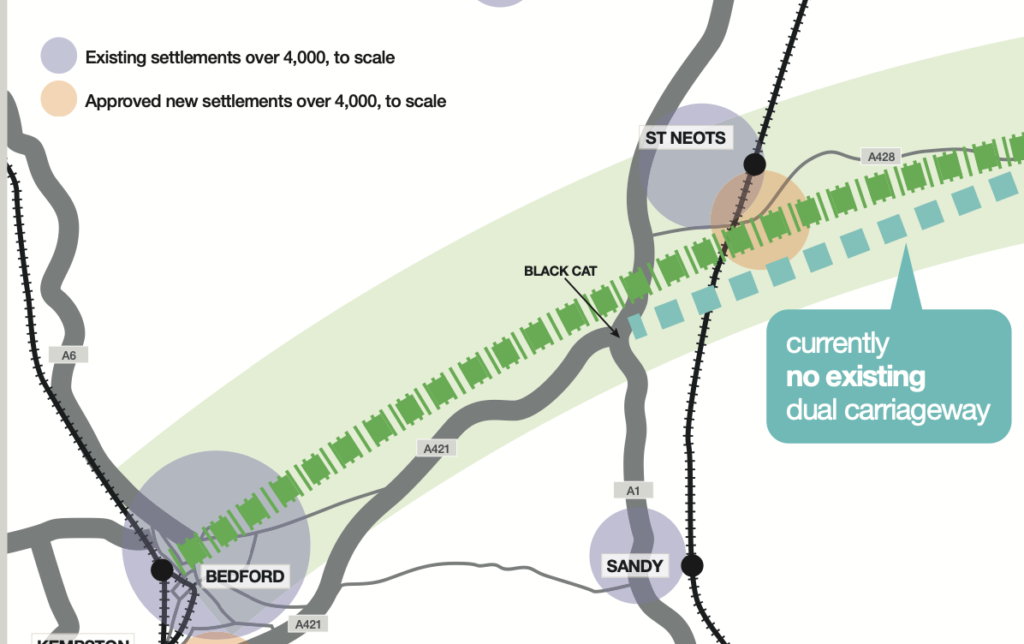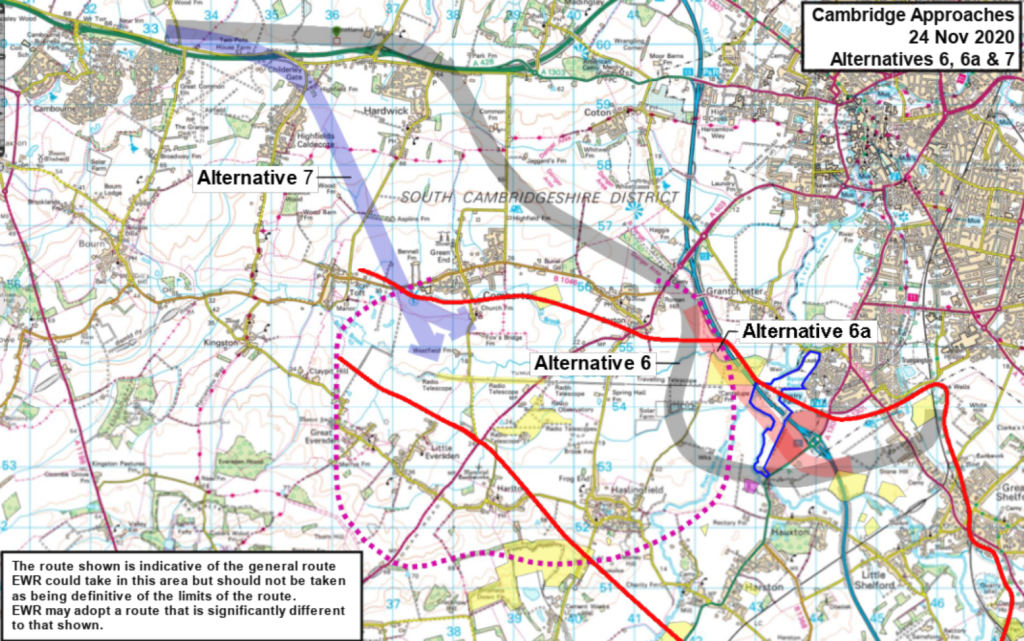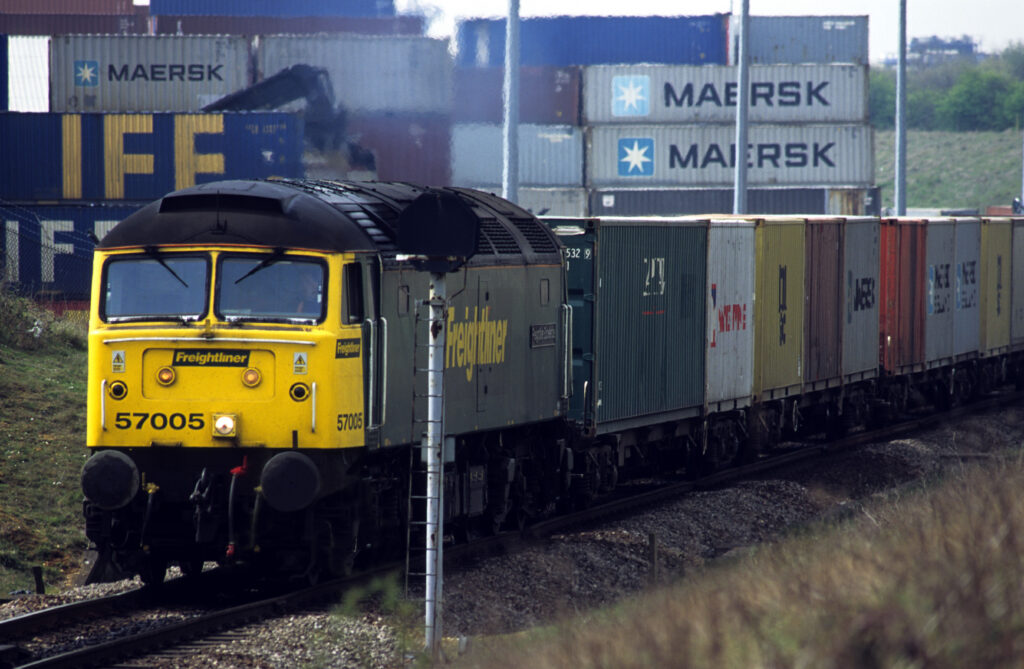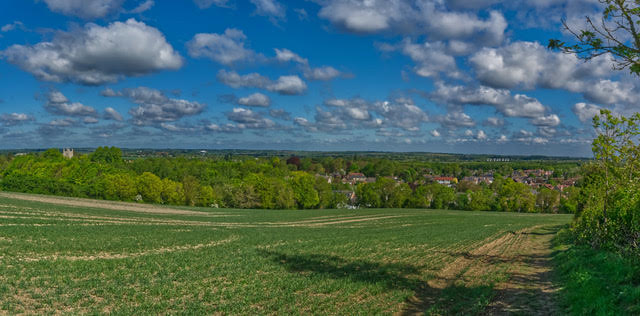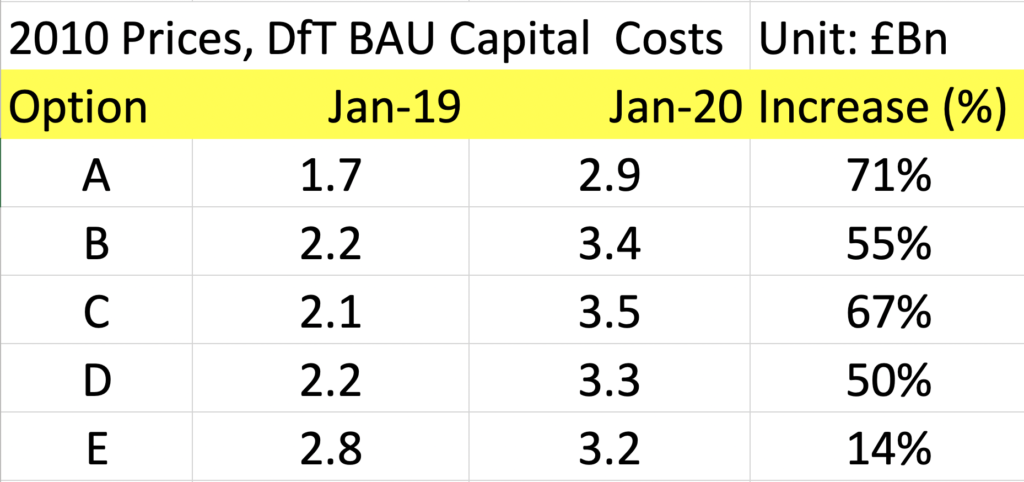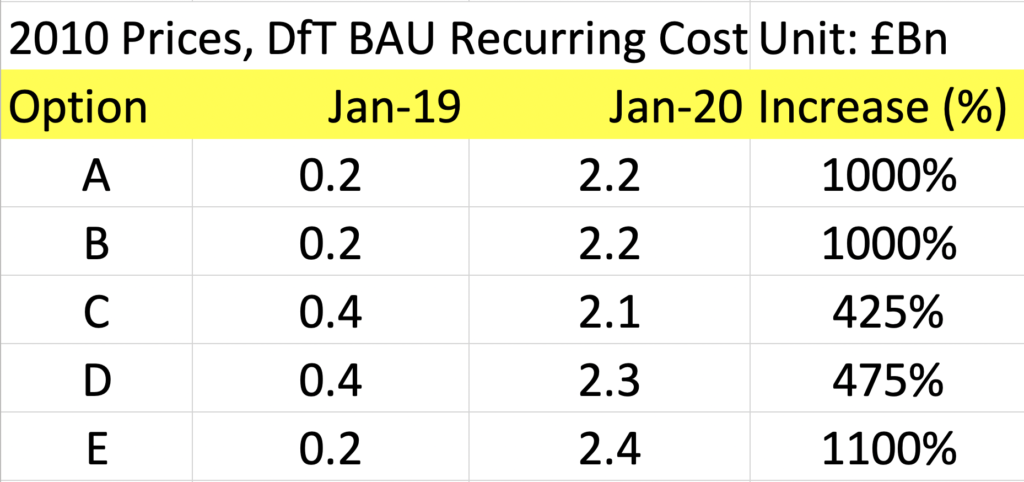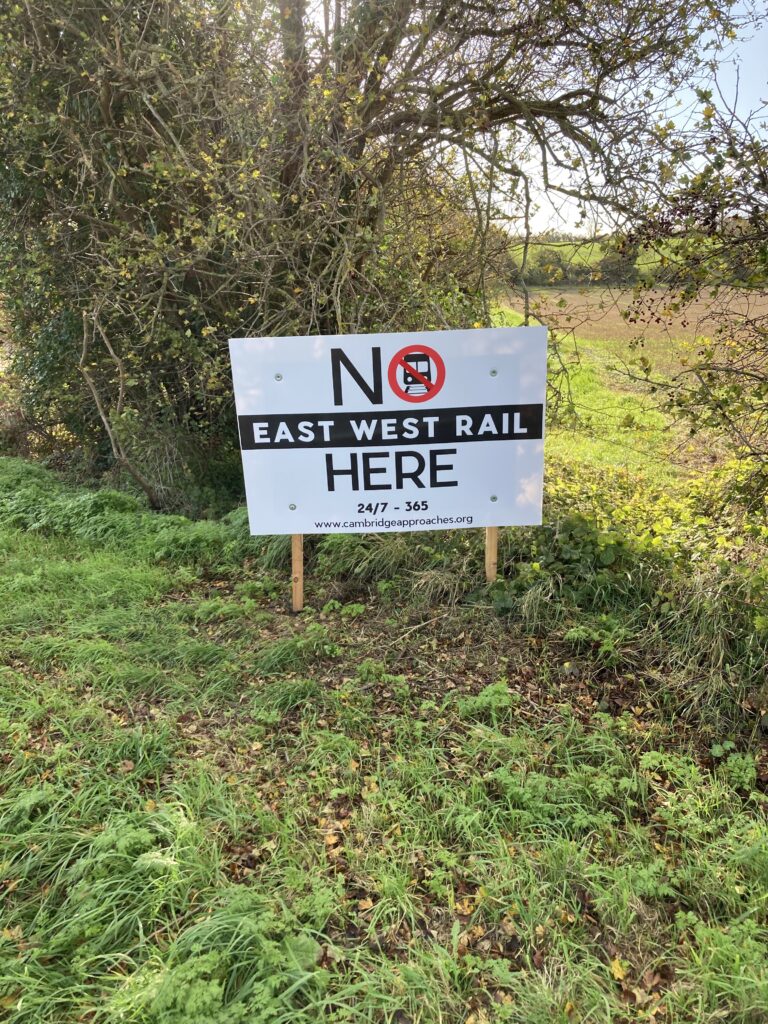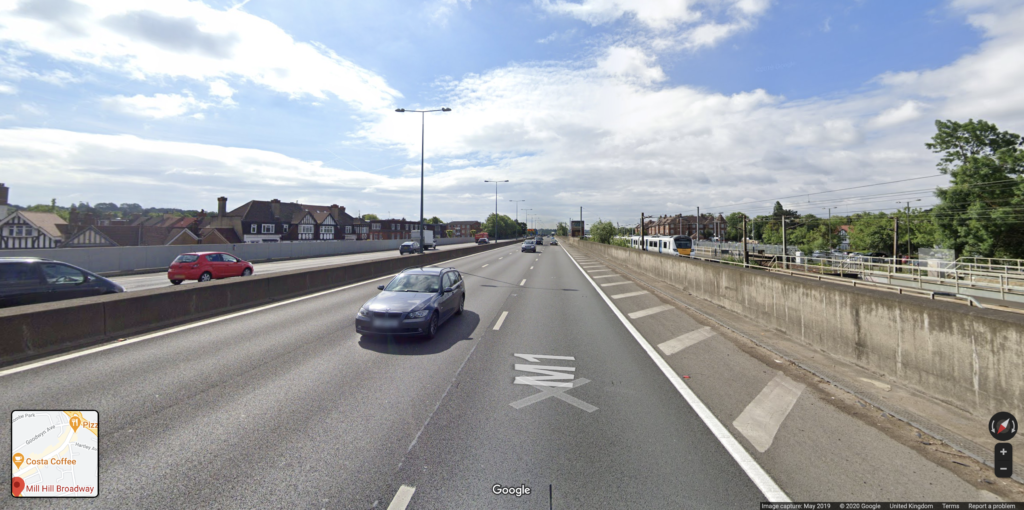
What are Barbastelle Bats?
The barbastelle bat (Barbastella barbastellus), one of the UK’s rarest mammals, is primarily a woodland species, the colonies of which usually roost within ancient woodland trees. There are only a small number of known colonies of this species in Cambridgeshire, one of which is within woodland around the National Trust property at Wimpole.
Barbastelle bats typically select cracks and crevices in which to roost, mostly in old or damaged trees in ancient woodlands, but cracks and crevices in and around the timbers of old buildings may also be used. The Barbastelle bats at Wimpole form a maternity colony and within a colony there can be multiple roosts where groups of females gather to give birth and rear their young during the summer. The adult male barbastelle bats tend to roost elsewhere in isolation at this time.
Barbastelles feed mainly on small to medium sized moths, they have a unique form of echo location known as ‘stealth echolocation’ —echolocation at intensities that are inaudible to distant moths. Their calls are more than 10 times quieter than those of other bats which hunt insects in the same way.
Barbastelles forage on average up to 5-7kms from their woodland roosts, though individual bats may forage further afield within the surrounding countryside. Between 2002 and 2005 the Cambridgeshire Bat Group surveyed, radio tagged and tracked bats from the Wimpole maternity colony and found that one adult female foraged as far afield as Grantchester, cited as 11km from the roost. (Vine C, 2002).
Will the proposed rail route impact on the Barbastelle Bats?
The villages currently included in the EWR preferred route Option E are noted in Table 1 below with the crow flies distances (https://www.doogal.co.uk/MeasureDistances.php) from the Wimpole colony.
| Village | Wimpole Wood Maternity Roost | Barbastelle tracked to village |
| Barton | 8.0 | YES |
| Bourn | 4.0 | |
| Comberton | 6.3 | YES |
| Coton | 9.9 | |
| Grantchester* | 11.0 | YES |
| Great Eversden | 3.2 | YES |
| Great Shelford | 13.0 | |
| Harlton | 5.5 | YES |
| Harston | 8.6 | |
| Haslingfield | 6.6 | |
| Hauxton | 9.7 | |
| Kingston | 2.9 | YES |
| Little Eversden | 3.8 | YES |
| Toft | 4.9 | YES |
Grantchester * is included in Table 1 as this is the furthest distance that a barbastelle bat was tracked by the Cambridgeshire Bat Group, it is not in Option E.
The villages highlighted in bold are all within the 5-7km foraging range and all villages, apart from Great Shelford, are within 11km. It should be noted that the radio-tracking carried out was only of a small number of individual bats at any one time and the absence of bats tracking to the other villages potentially impacted by the proposed route, does not indicate that barbastelle bats are absent from these villages, only that the radio-tagged bats were not tracked to these villages at the time of the survey.
Barbastelles prefer rural landscapes with deciduous woodland, wet meadows and water bodies. They commute to foraging sites along linear landscape features, such as woodland edges and hedgerows, similar to the hedgerows that act as wildlife corridors and connect our villages. The flight and foraging lines of the Wimpole barbastelles include the Bourn Brook corridor and the River Rhee, as well as the old Varsity railway line at the MRAO site, they have also been known to cross open areas such as arable fields to reach foraging grounds.
The Option E route is likely to bisect multiple known flight lines and foraging routes, see Map 1:

Disruption to the foraging routes and flight lines could have a potentially significant impact on the barbastelle bats foraging habits, particularly impacting on the breeding females, putting at risk the maternity roost and thus ultimately the species. The species is very sensitive to disturbance, including disturbance to roost-sites and access to food resources, which may be why it is such a rare bat. The Barbastelle is on the International Union for Conservation of Nature’s Red List of Threatened Species, the species is classified as ‘near threatened’ with extinction (IUCN Red List 2020)
Are Barbastelle Bats Protected?
All bat species and their roosts are fully protected by UK legislation (the Wildlife and Countryside Act (1981) as amended), and by EU law (the Habitats Directive, transposed into UK legislation by the Conservation of Habitats and Species Regulations 2017) which makes them European Protected Species. The Wimpole and Eversden Woods have the highest level of protection; the area is a Special Area of Conservation (SAC) under the Habitats Directive, a designation brought about solely because of the presence of a breeding colony of barbastelle bats.
The UK is also a signatory to the Agreement on the Conservation of Bats in Europe, set up under the Bonn Convention. The Fundamental Obligations of Article III of this Agreement require the protection of all bats and their habitats, including the identification and protection from damage or disturbance of important feeding areas for bats.
However, the current legislation does provide defences so that necessary operations may be carried out in places used by bats, provided the appropriate Statutory Nature Conservation Organisation (in England this is Natural England) is notified and allowed a reasonable time to advise on whether the proposed operation should be carried out and, if so, the approach to be used. Licenses are required and a Habitats Regulation Assessment should be undertaken prior to Planning Approval being granted, under the Habitats Directive.
The Wimpole and Eversden Woods area, having a SAC designation, is required to have Conservation Objectives and these are noted as:
“Ensure that the integrity of the site is maintained or restored as appropriate, and ensure that the site contributes to achieving the Favourable Conservation Status of its Qualifying Features, by maintaining or restoring;
- The extent and distribution of the habitats of qualifying species
- The structure and function of the habitats of qualifying species
- The supporting processes on which the habitats of qualifying species rely
- The populations of qualifying species, and,
- The distribution of qualifying species within the site”
European Site Conservation Objectives for Eversden and Wimpole Woods SAC (UK0030331)
This means that when considering a potential impact to the integrity of the SAC, the foraging and commuting routes of the barbastelles must be taken into account.
It is noted that EWR Co. have commissioned bat surveys and early publication of the results, including any appropriate actions to be taken with regard to the route alignments would be helpful in reassuring the public that EWR Co. are meeting their legal obligations and stated high environmental standards. Unfortunately it seems that any route through the already selected option E area will impact the barbastelles, it is recommended within the Habitats Directive that large infrastructure projects up to 5-10km from a SAC site should undertake a Habitats Regulation Assessment, to date this has not been done and it is not clear how an HRA would impact on the decision of Option E being the preferred route, or identify any mitigations to reduce the negative impact on the barbastelle bat population.
Summary:
Barbastelle bats, like all bat species in England are well protected by legislation, the Wimpole barbastelle bats have the highest level of protection. The Habitats Directive includes protection of the habitat, including the flight and foraging lines upon which the bats rely to successfully breed and rear young.
It is clear that a rail route bisecting the foraging and flight paths of the bats is likely to impact on the colony and the bats ability to nurture and rear young. The extent to which it impacts will depend upon the chosen route and mitigations. It is known that flight line Gantry’s which have been used on some major road developments are both expensive and ineffective and are no longer recommended. Some European countries use Green Bridges for priority species protection but the effectiveness for bat species is not well documented.
Barbastelle bat survey data, undertaken as recommended by the Bat Conservation Trust Good Practice Guidance (2016) will be crucial in informing the planning application, any associated HRA and the final route alignment.
References:
BAROVA Sylvia (European Commission) & STREIT Andreas (UNEP/EUROBATS) (Ed) 2018 Action Plan for the Conservation of All Bat Species in the European Union 2018 – 2024
Collins J (Ed) 2016 Bat Surveys for Professional Ecologists: Good Practice Guidelines (3rd Ed) The Bat Conservation Trust, London
Damant S, Vine C (2006) The Barbastelle at Wimpole Nature In Cambridgeshire No 48 pp62-65
Doogal Distance Calculator https://www.doogal.co.uk/MeasureDistances.php
European Protected Species National Planning Policy – National Planning Policy
Framework (NPPF) 2019
Lewanzik D, Goerlitz HR. 2018 Continued source level reduction during attack in the low-amplitude bat Barbastella barbastellus prevents moth evasive flight. Funct Ecol. 00:1–11.
Natural England 2018 European Site Conservation Objectives: supplementary advice on conserving and restoring site features Eversden and Wimpole Woods Special Area of Conservation (SAC) – Site code: UK 0030331
Natural England European Site Conservation Objectives for Eversden and Wimpole Woods SAC (UK0030331)
IUCN 2020 The IUCN Red List of Threatened Species. Version 2020-2 https://www.iucnredlist.org
Downloaded November 2020
Vine C 2002 A study of Barbastelle bats (Barbastella barbastellus) at Wimpole Cambridgeshire July 2000 – August 2002
Authors and Contributors:
Angela Thompson
Chris Vine
Pippa Keynes
William Harrold

